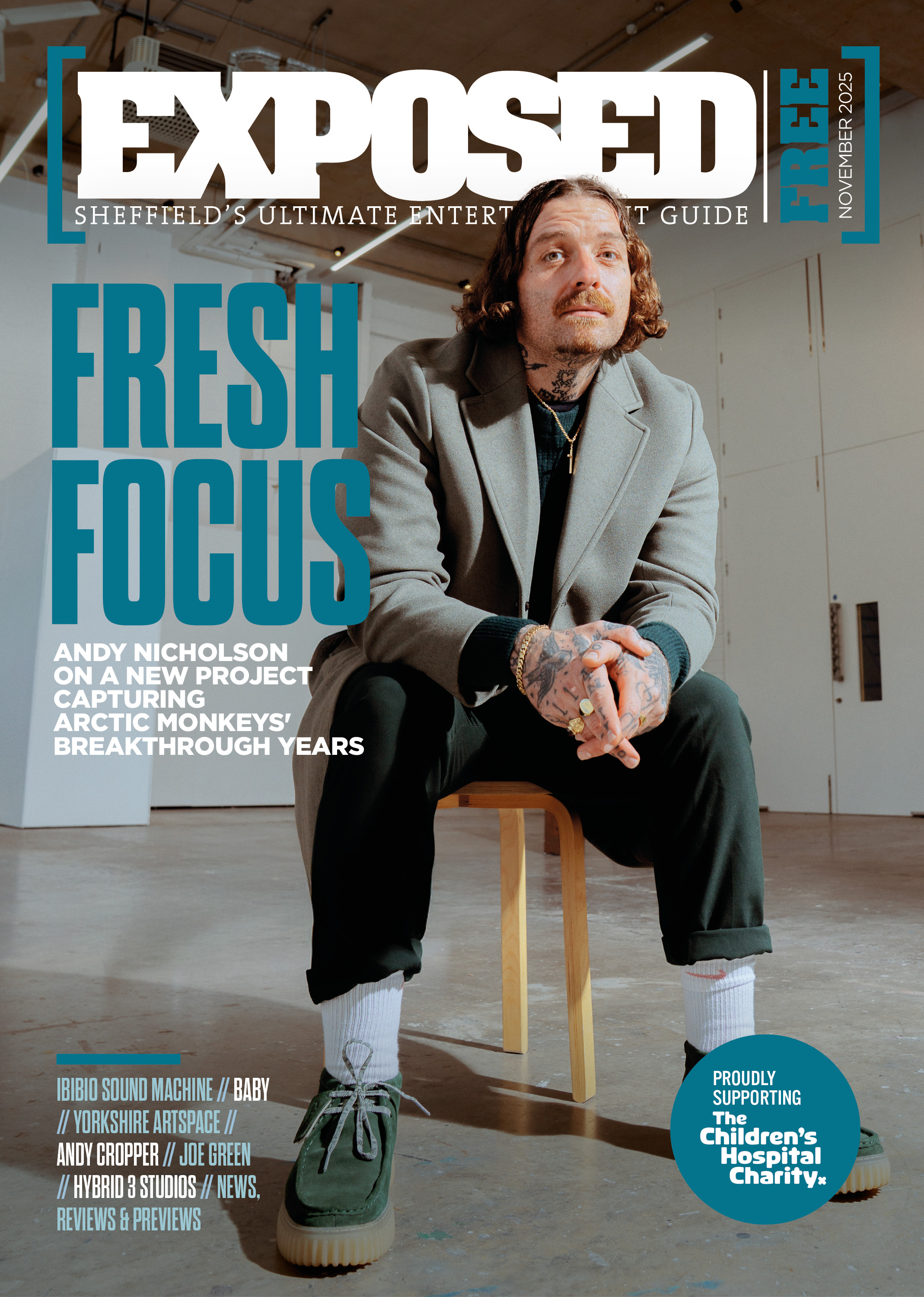Every day is different
Looking after artworks is really varied – you might be planning the layout for an exhibition, transporting artworks to another museum or working on a database, inputting (and struggling to read) handwritten 19th-century information on a painting.
You learn how much you don’t know
There’s multiple lifetimes’ work in understanding a collection like this. There are over 16,000 objects in the part of the collection I look after, made by over 1,800 artists and printers. Every day I learn something new, ranging from how the ink made from oak galls in manuscripts is acidic and eating itself, to the fact that one of the artists in the collection was ‘born at sea’.
We don’t wear white gloves
It’s a bit of a myth that curators wear white gloves. We actually wear surgical gloves, because the acid in your skin can damage the materials you touch. Popular culture has built an image of the curator in white gloves, so most of us have a pair lying around for when we are photographed. For the 10th-century books made of vellum (calf skin), we don’t wear gloves at all, because it’s vital we can feel the delicate surface and know we are not causing damage (but we do wash our hands first!).

We are not hiding things away
There’s an idea that museums are hiding things in storage, but our jobs are about care. The museums’ role is to keep objects forever, so future generations can learn about the past. This involves looking after the objects so they don’t deteriorate. Light can fade objects, so we rotate things between storage and display so that they are protected, last longer, and there is always something new to see. I think of it like a library – you can’t read all the books at once, but it’s important they are there and in good condition for when you want them next.
It’s about people
Objects are brought to life by people’s stories, so working with people is at the heart of being a curator. This is very varied – recently, I’ve worked with Sheffield-based charity Baton of Hope on a display about suicide prevention, helped students to make films based on artworks and collaborated with paint researchers from Oxford University to try to work out who owned a paint palette in the collection (which is currently on display). John Ruskin built the collection to inspire the people of Sheffield, and today we use it to work with the people of the city to tell their stories.
Ashley Gallant is Sheffield Museum’s Curator of the Ruskin Collection, housed at Millennium Gallery. The current exhibition Capturing Colour runs until 30 November. Find more info at sheffieldmuseums.org.uk.
